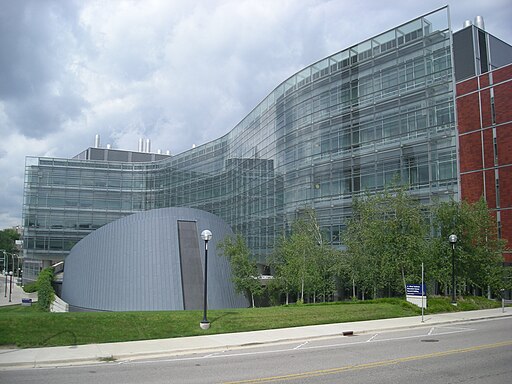
Earlier this year, William Smith writes at the Pioneer Institute, “[t]he federal government announced the formation of a working group to ‘develop a framework for the implementation of the march-in provision of the Bayh-Dole Act.'” Smith thinks it’s a bad idea — the title of his piece is “University Science Research Is Under Threat.”
The very simplified version:
Under the 1980 Bayh-Dole Act, universities can use taxpayer money to do research, then patent any useful results and make bank on their discoveries by licensing those patents to commercial entities.
The “march-in” provision says that if a university doesn’t license its patent quickly enough, the federal government can “march in,” take control of the patent, and license it.
The Biden administration’s interest in using the “march-in” provision is to lower drug prices by grabbing patents and licensing them to companies that promise to sell the resulting products cheaply.
I have a better idea, and it’s not based entirely on my objections to the whole concept of “intellectual property,” which I’ve written about elsewhere:
Government-funded research should be treated as “work for hire,” and its results should always, in every case, go instantly into the public domain.
The idea isn’t far-out or fringe. It’s how government-employee-generated writing and text are already handled where copyright is concerned.
The main argument against it is that companies are less likely to make products that they don’t get a 20-year monopoly on through patent protection.
My response to that argument is a two-parter.
Part one: Almost any company will make almost any product that it expects to make profitably, even if other companies can also make that product. Name the fast-food joint that won’t offer burgers because they can’t be patented, or the shoe company that won’t copy every un-patented aspect of the latest sandal craze for a little market share.
Part two: If these patents are licensed, the rightful recipients of the licensing fees are the taxpayers who unwillingly “invested” in the research, not the researchers who already get paid by the taxpayers to do it and the universities that already got funded by the taxpayers to facilitate it.
Thirty companies sending out, and every taxpayer opening, 30 envelopes a week, each containing a check for one cent, seems rather burdensome and complex. The best way to “repay” the taxpayers’ “investments” (other than not forcing them to make those “investments” in the first place) is to put the research in the public domain and let those taxpayers benefit from the lower prices and wider variety of choices that monopolies rob them of.
It’s time to get past the idea that monopolies and government research winner-picking are the wellsprings of innovation. They aren’t and never have been.
Thomas L. Knapp (Twitter: @thomaslknapp) is director and senior news analyst at the William Lloyd Garrison Center for Libertarian Advocacy Journalism (thegarrisoncenter.org). He lives and works in north central Florida.
PUBLICATION/CITATION HISTORY
